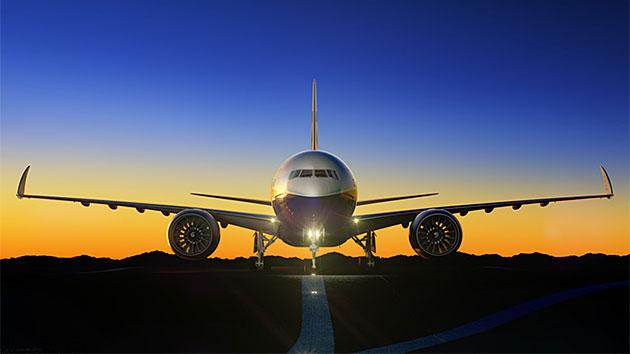
The historic $58-billion airline aid package signed into law Mar. 27 by U.S. President Donald Trump wasn’t just a bail-out for carriers—it was an essential lifeline for the industry’s 750,000 workers.
That’s because half the total will be made available as workforce grants that must go toward employee pay and benefits. Airlines that accept the funds will be barred from furloughing or laying off employees through Sept. 30, subsidizing workers and their families until the worst of the novel coronavirus outbreak has, hopefully, passed.
Payroll grants will be allocated based on a formula that takes into account carriers’ originally projected labor costs for the second and third quarters, roughly $29 billion, with another $3 billion allocated to help contractors such as caterers and airport workers. The U.S. Treasury will have to move quickly; procedures explaining the application process must be published within five days, and initial payments to airlines must commence within ten.
Republican senators and the Trump Administration had originally proposed separate aid packages that consisted entirely of loans and loan guarantees. But they changed course after CEOs from the largest American passenger and cargo airlines warned such an approach would result in mass furloughs and layoffs. Demands from Democratic lawmakers to attach new emissions reductions standards to the aid were also dropped during last-minute negotiations in exchange for greater protections for workers and enhanced oversight of the funds.
Airlines will surely avail themselves of the workforce grants, although it’s less clear as to whether they will take advantage of the $29 billion in loans and loan guarantees being made available through the law. Some analysts think that restrictive financing terms in the legislation may exclude many carriers and turn others off. The federal government set up a $10-billion loan guarantee program for airlines following the Sept. 11, 2001 terrorist attacks, but just $1.2 billion was ever dispersed. It is possible that carriers will simply choose to stick with private credit markets, assuming they still have access later this year, rather than deal with the many strings attached to the government loans.
Those strings include restrictions on stock buybacks, dividends and executive pay increases. From a political point of view, such conditions drive home the message that the stimulus is targeted at workers—not executives and shareholders. But most U.S. airlines already had scaled back on those practices when the spread of the coronavirus and government restrictions on overseas travelers began to decimate demand for air travel.
Absent government intervention, it would be impossible for carriers to justify not furloughing masses of employees through the end of September, and likely beyond. After all, American Airlines, Delta Air Lines and United Airlines have cut schedules by 80%, 70% and 68%, respectively. With liquidity at the largest U.S. airlines expected to dry up during the next six months under worst-case revenue projections, carriers would have no choice but to shutter operations completely and lay off their entire workforces for months without the aid.
U.S airlines entered 2020 in their best financial shape ever. Their workers have shared in the industry’s profitability too, seeing average industrywide pay grow by 57% over the last two decades. While airlines were prepared for the possibility of a recession this year, the COVID-19 crisis, compounded by the bungled reaction by the U.S. government, was something that no company could have planned for.
With payrolls now fully subsidized through the start of the fourth-quarter, American carriers have a fighting chance to survive the worst industry downturn in history without laying off a single employee. While some downsizing may still be required following that period, for now at least, 750,000 workers and their families can rest easy. Amid all the turmoil plaguing air travel these days, that is a prospect worth celebrating.





